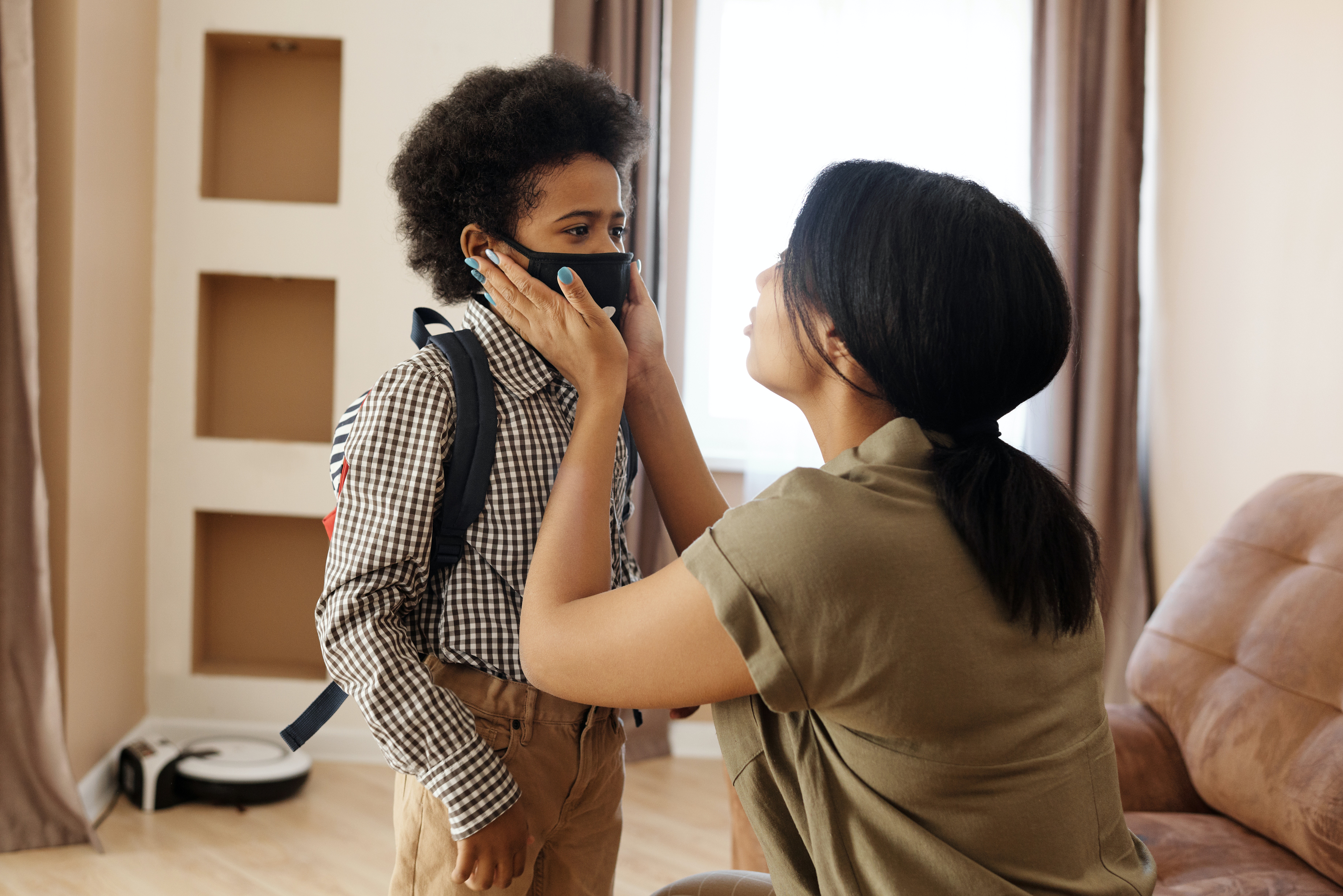Contact Us
Fill in the form below or you can also visit our contact us page.

In the longer run the most damaging effects of the Corona virus could be on the current generation of children and young adults. As discussed in this article from the Washington Post, the outlook for this generation is full of uncertainty.
While we are understandably consumed with the daily, seemingly unstoppable firehose of news about the most dangerous pandemic in a century, little attention has been paid to the long-term impact of this crisis on the world's most vulnerable children.
It’s impossible to overstate what this crisis will mean for the pandemic generation. This prolonged, unpredictable and highly contagious disease is upending their education, family lives, social relationships, resiliency and opportunities to pull themselves out of multigenerational cycles of poverty. The result might be a chasmic gap between relatively affluent children and those in poverty deeper than at any other time in modern history.
There is no doubt that persistent lockdowns and school closings have affected children everywhere. UNICEF reports that more than 91 percent of the world’s children are impacted by school shutdowns, and at least 117 million children are at risk of missing vital health care, including critical vaccines. Extensive surveys conducted by Save the Children also found that nearly half of all children said they were “worried” and a third reported feeling “scared.”
The sudden closing of schools and elimination of educational summer activities in many communities might have lifelong consequences for children who already live with severe social and economic adversities, impairing even further their ability to read at grade level, graduate from high school on time and have equitable access to post-education opportunities generally. A recent study from the University of Southern California finds that 37 percent of students whose families make less than $25,000 per year do not have Internet access, appropriate technology or both to allow remote learning. Nearly 23 percent of New York City high school students living with low-income families have not availed themselves of Internet-based classes. This does not include another 19 percent of the student body who are in schools that have not yet reported attendance.
We will be living with the effects of this virus for many years to come. Our children are possibly the ones who will feel the greatest longer-term impact.
Photo / Image Credit :
Photo by August de Richelieu from Pexels